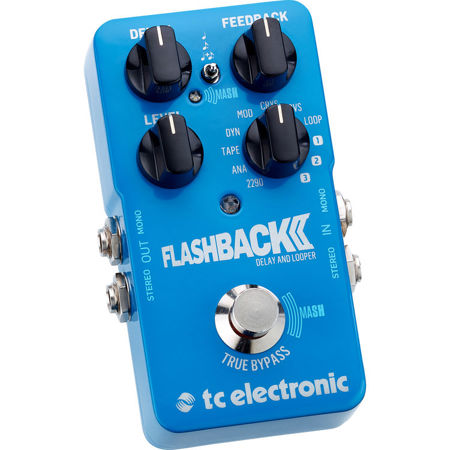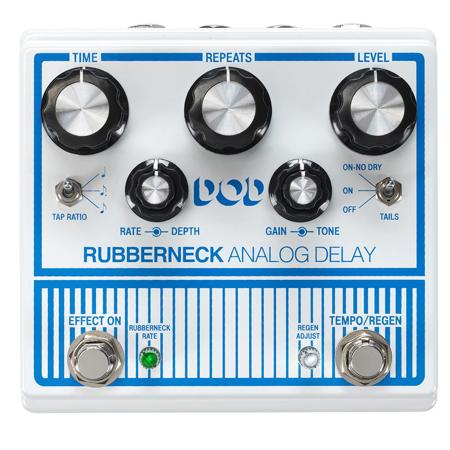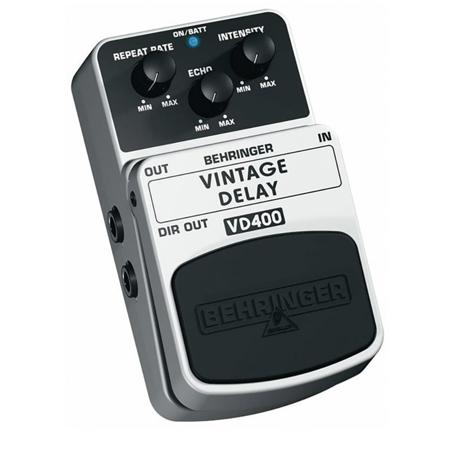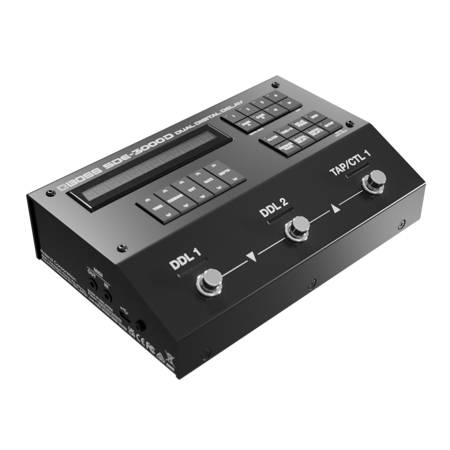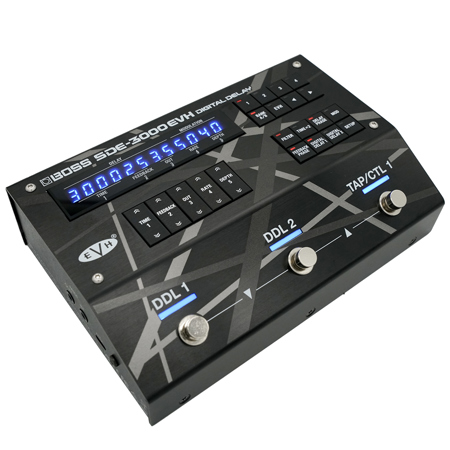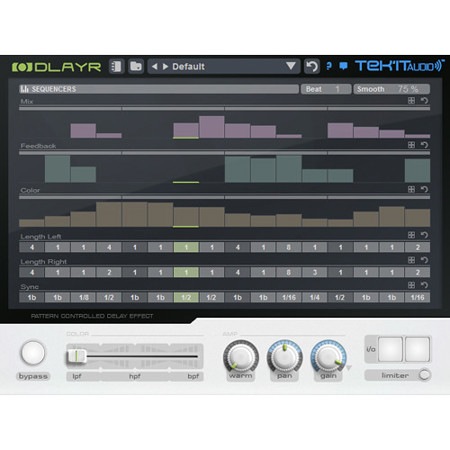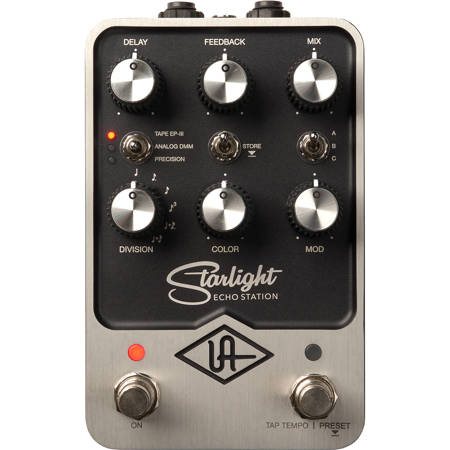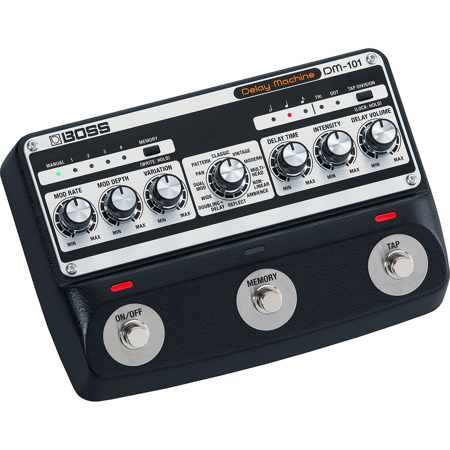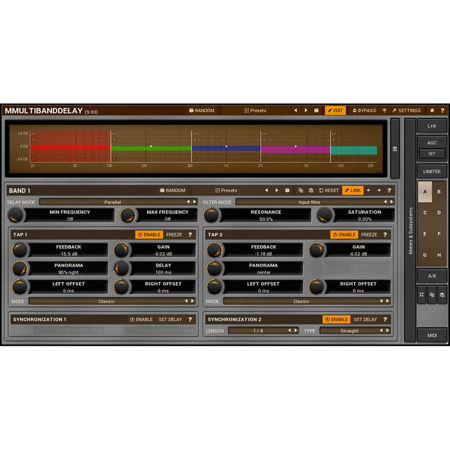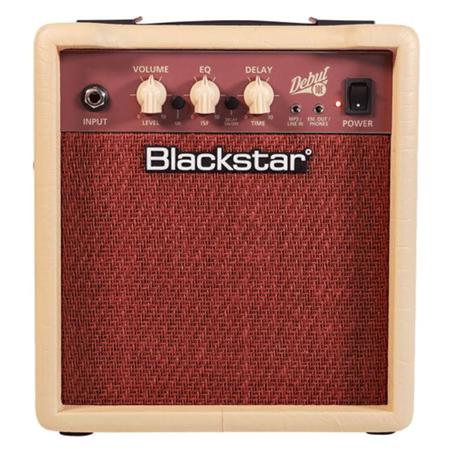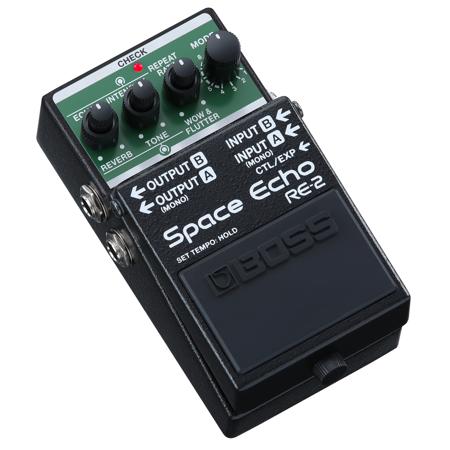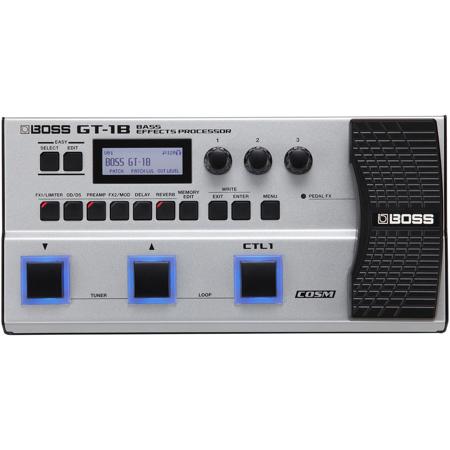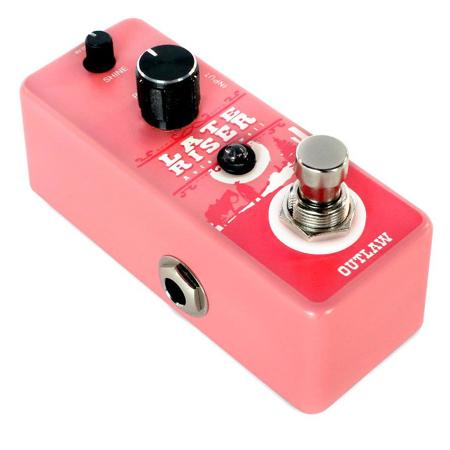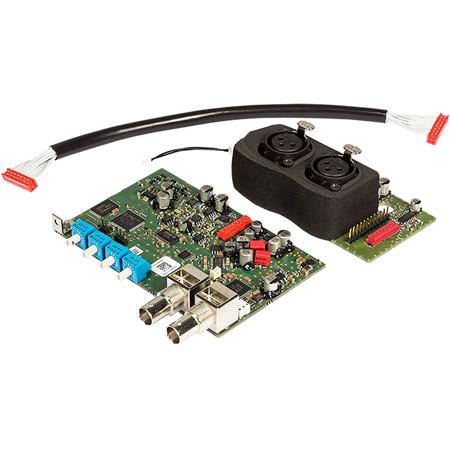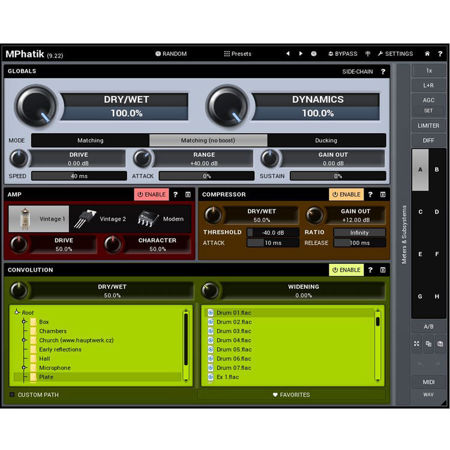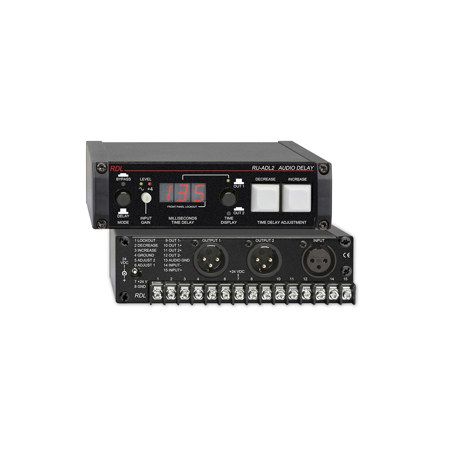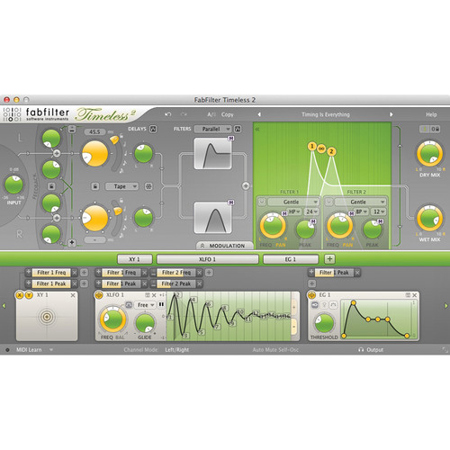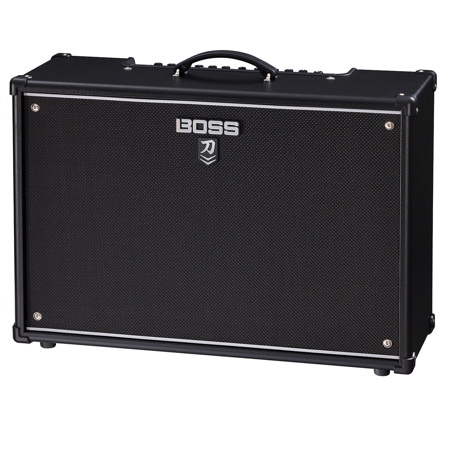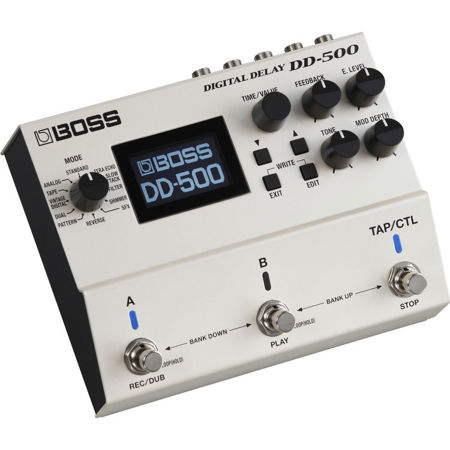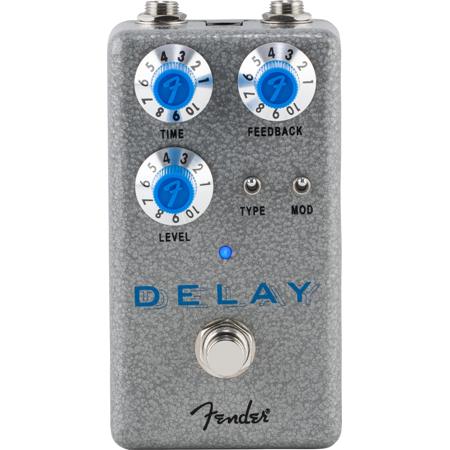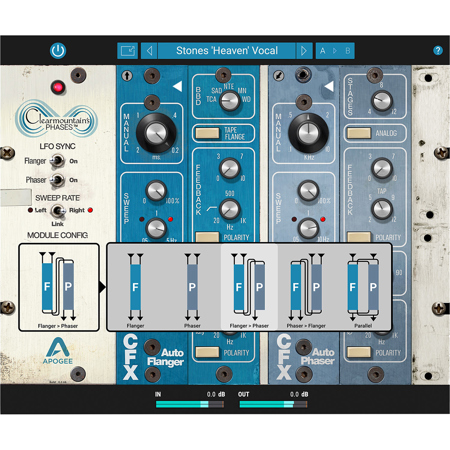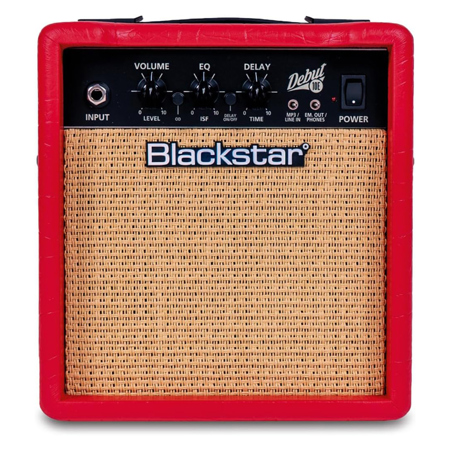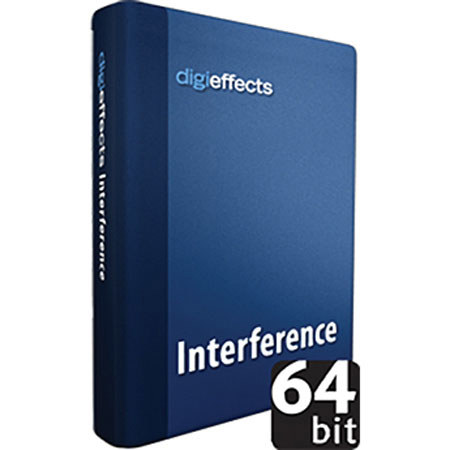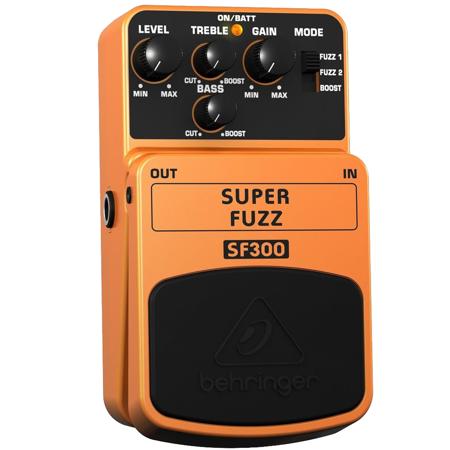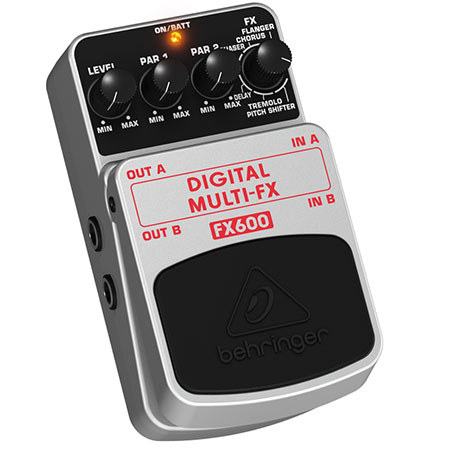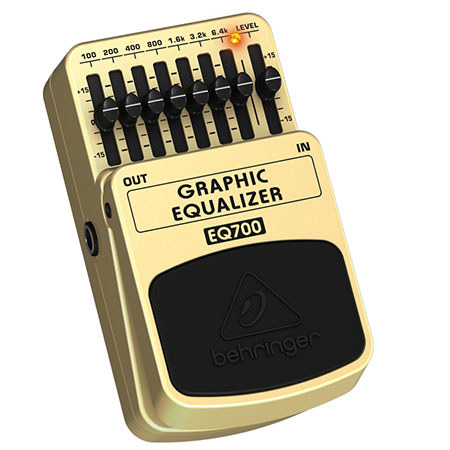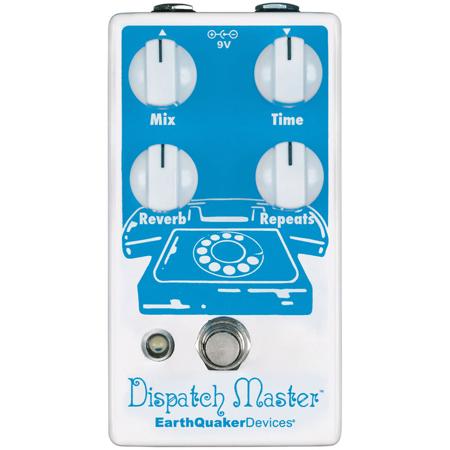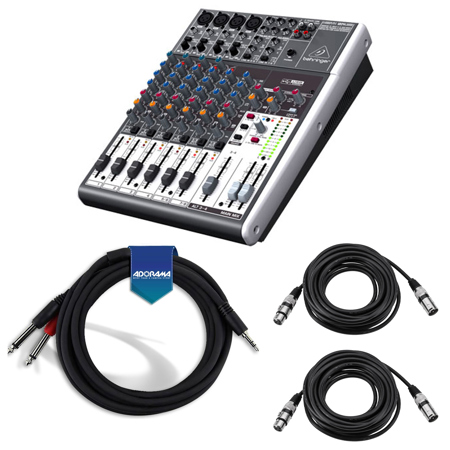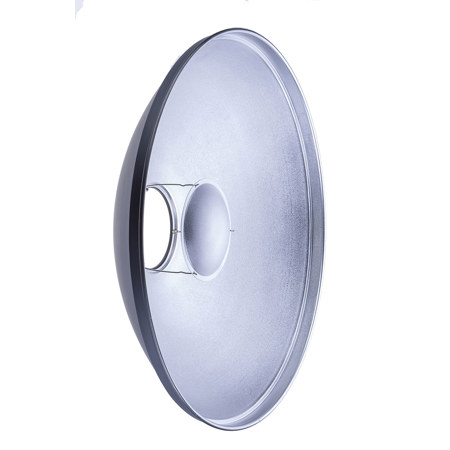Delay Effects
Delay effects are a fundamental part of shaping soundscapes in modern music and audio production, offering a unique way to add depth, texture, and atmosphere to any performance or recording. The essence of a delay effect lies in its ability to capture an audio signal and repeat it after a set period, creating anything from a subtle echo to expansive, cascading repeats that fill the sonic space. Musicians, producers, and audio engineers often reach for delay effect pedals to enhance guitar, keyboard, or vocal tracks, using them to craft everything from rhythmic patterns to ambient backgrounds. As the crisp air of September signals the transition into fall, many artists find inspiration in the changing seasons and turn to delay effects to evoke the mood of reflective, spacious soundscapes that mirror the contemplative tone of autumn. Whether you’re layering textures in a cozy home studio or preparing for live gigs as the festival season winds down, integrating a delay effect pedal into your setup can breathe new life into your music.
When considering which delay effect to add to your rig, it’s important to think about the type of sound you want to achieve and the flexibility you need. Analog delay pedals are cherished for their warm, organic repeats and natural decay, making them a favorite among vintage enthusiasts and those seeking a classic, understated echo. Digital delay pedals, on the other hand, provide pristine, clear repeats and often come with a variety of modulation options, tap tempo, and programmable presets—ideal for players who demand versatility and precision. For guitarists, a well-chosen guitar delay effect can transform simple chord progressions into lush, atmospheric soundscapes or create intricate rhythmic patterns that drive a song forward. Keyboardists and vocalists also benefit from delay effects, using them to thicken their sound or add a sense of spaciousness that stands out in a mix. Delay effects make thoughtful gifts for musicians at any level, from beginners eager to experiment with new sounds to seasoned pros refining their tone. The right pedal can become an essential part of a creative toolkit, sparking new ideas and enhancing live performances or studio sessions.
Selecting a delay effect pedal involves more than just picking a device with the longest repeat time or the most features. Consider how the pedal interacts with your existing gear, the ease of use in a live setting, and how its unique character complements your style. Some musicians recall the first time they dialed in a slapback echo for a rockabilly riff, or the way a shimmering digital delay transformed a simple melody during a late-night recording session. These moments highlight the power of delay effects to shape not only the sound but also the emotional impact of music. For those exploring new sonic territories, browsing a curated selection of delay effects can reveal inspiring options, from compact stompboxes to feature-rich units designed for professional use. If you’re interested in exploring the clarity and versatility of digital repeats, be sure to check out our dedicated collection of Digital Delay Pedals, where you’ll find a range of tools to elevate your sound. With the right delay effect in your arsenal, you can capture the echoes of inspiration and let them resonate through every note you play.
When considering which delay effect to add to your rig, it’s important to think about the type of sound you want to achieve and the flexibility you need. Analog delay pedals are cherished for their warm, organic repeats and natural decay, making them a favorite among vintage enthusiasts and those seeking a classic, understated echo. Digital delay pedals, on the other hand, provide pristine, clear repeats and often come with a variety of modulation options, tap tempo, and programmable presets—ideal for players who demand versatility and precision. For guitarists, a well-chosen guitar delay effect can transform simple chord progressions into lush, atmospheric soundscapes or create intricate rhythmic patterns that drive a song forward. Keyboardists and vocalists also benefit from delay effects, using them to thicken their sound or add a sense of spaciousness that stands out in a mix. Delay effects make thoughtful gifts for musicians at any level, from beginners eager to experiment with new sounds to seasoned pros refining their tone. The right pedal can become an essential part of a creative toolkit, sparking new ideas and enhancing live performances or studio sessions.
Selecting a delay effect pedal involves more than just picking a device with the longest repeat time or the most features. Consider how the pedal interacts with your existing gear, the ease of use in a live setting, and how its unique character complements your style. Some musicians recall the first time they dialed in a slapback echo for a rockabilly riff, or the way a shimmering digital delay transformed a simple melody during a late-night recording session. These moments highlight the power of delay effects to shape not only the sound but also the emotional impact of music. For those exploring new sonic territories, browsing a curated selection of delay effects can reveal inspiring options, from compact stompboxes to feature-rich units designed for professional use. If you’re interested in exploring the clarity and versatility of digital repeats, be sure to check out our dedicated collection of Digital Delay Pedals, where you’ll find a range of tools to elevate your sound. With the right delay effect in your arsenal, you can capture the echoes of inspiration and let them resonate through every note you play.
